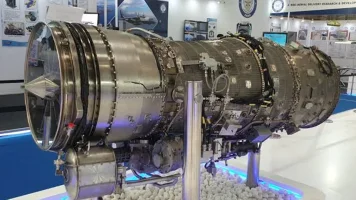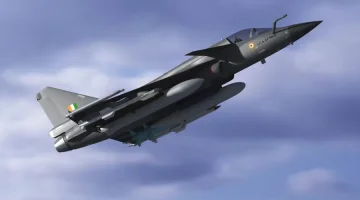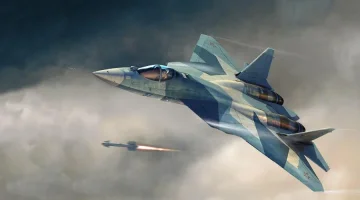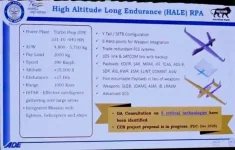- Views: 5K
- Replies: 53
In a strategic move aimed at optimizing defence resources and bolstering indigenous manufacturing, the Ministry of Defence (MoD) is considering integrating the Indian Air Force (IAF) into the Indian Navy's Twin Engine Deck Based Fighter (TEDBF) program.
This decision seeks to address the substantial funding and production requirements of the TEDBF project, which are comparable to those of the IAF's Advanced Medium Combat Aircraft (AMCA) program.
The TEDBF program, intended to replace the aging MiG-29K fleet operating from Indian Navy aircraft carriers, requires significant investment. While the Navy has identified a need for approximately 145 units, the MoD has initially approved the procurement of only 80.
To ensure the financial viability of the project and attract private sector participation, it is estimated that an order size of around 200 jets is necessary.
A larger order size would bring several benefits:
- Reduced per-unit costs: Increasing the order volume would lower the cost of each aircraft, making the program more financially attractive.
- Private sector involvement: A larger, more financially viable program would encourage private companies to invest in manufacturing and development, boosting India's domestic defence industry.
- Economies of scale: Increased production volume allows for economies of scale, further reducing costs and improving efficiency.
- Common LRUs: Both the TEDBF and AMCA will utilize similar Line Replaceable Units (LRUs), simplifying maintenance and reducing logistical complexities.
- Shared avionics: The avionics suites for both jets are expected to have significant overlap, allowing for shared development costs and faster integration of new technologies.
- Common engine: Initially, both platforms will be powered by GE F-414 engines, with a planned transition to new high-powered 110kN engines developed by the Gas Turbine Research Establishment (GTRE) for the AMCA program. This streamlines logistics and paves the way for future upgrades.
This strategic move not only supports indigenous manufacturing but also fosters greater synergy between the TEDBF and AMCA programs, optimizing resources and accelerating the development of critical defence technologies.




